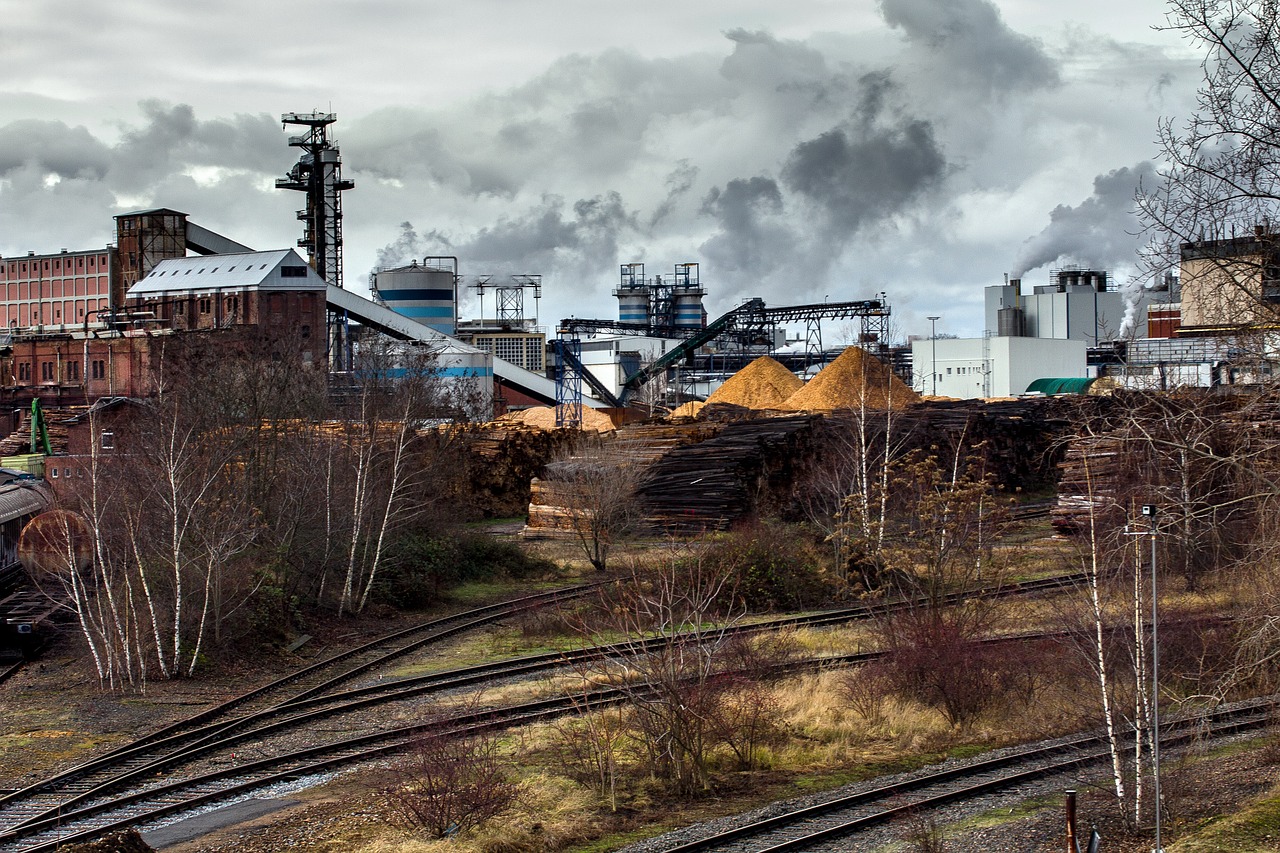
Kawerau – The closure of the Kawerau pulp and paper mill is underway with the last paper machine due to be shut off for good on Tuesday.
But Norwegian company Norske Skog, which owns the Tasman Mill, or a new owner of the site may consider repurposing the mill for other green uses.
The mill, like power stations, are usually ugly. In addition, coal, oil, and gas power stations are turning out to be expensive write-offs for power companies, particularly facilities that are not incredibly old.
But a new report has the answer by repurposing closed plants as energy storage.
Renewables increase intermittency so there is a need for more energy storage and delayed electricity.
Cost reduction of solar generation is the fastest and its increasing share means two problems – dead at night, feeble in winter.
Wind power can be dead for weeks in some regions and that only adds to the problem.
Lithium-ion batteries currently favoured for stationary storage self-leak over weeks let alone seasons and they are not the easiest to improve to 20-year life, easy recycling or even best safety.
Grid energy storage is a collection of methods used for energy storage. At the household level, consumers may choose less expensive off-peak times to wash and dry clothes and burn up electricity or power.
That leaves other forms of battery and various battery-less solutions. They not only come to the rescue; they can hugely assist with the stranded assets of the clean-up from fossil-fuelled power stations to hydro dams and pumped storage on waterways that are drying up.
Siemens Gamesa has pointed out that its thermal energy storage using volcanic rocks is best at gigawatt levels and capable of storage for weeks.
They propose that storage can be used in repurposed polluting power stations, employing the buildings, the steam turbine systems and the power transmission.
Large redox batteries are used in such buildings with the existing power transmission. Gravity storage that erects towers may be ugly in a city but acceptable at existing power stations or up the side of a hydro dam.
Liquid-air storage can also go nicely into an obsolete power station. Additionally, the power station buildings and land can be covered in solar panels. Full write offs are avoided. Permissions are more readily granted than is the case for new industrial sites.
Redox flow batteries will produce a better levelised cost of storage than lithium-ion in some of the new demand scenarios. Fewer expensive materials, longer life, repairable, and no fade over the years are part of that calculation.
The world is running short of pumped storage sites and their approval and erection is pitifully long.
Seasonal storage with no leakage calls for battery-free solutions with great potential for gravity storage in various forms when they are proven. It could even employ on-site the trashed smokestacks and cooling towers of obsolete power stations making them less ugly.



